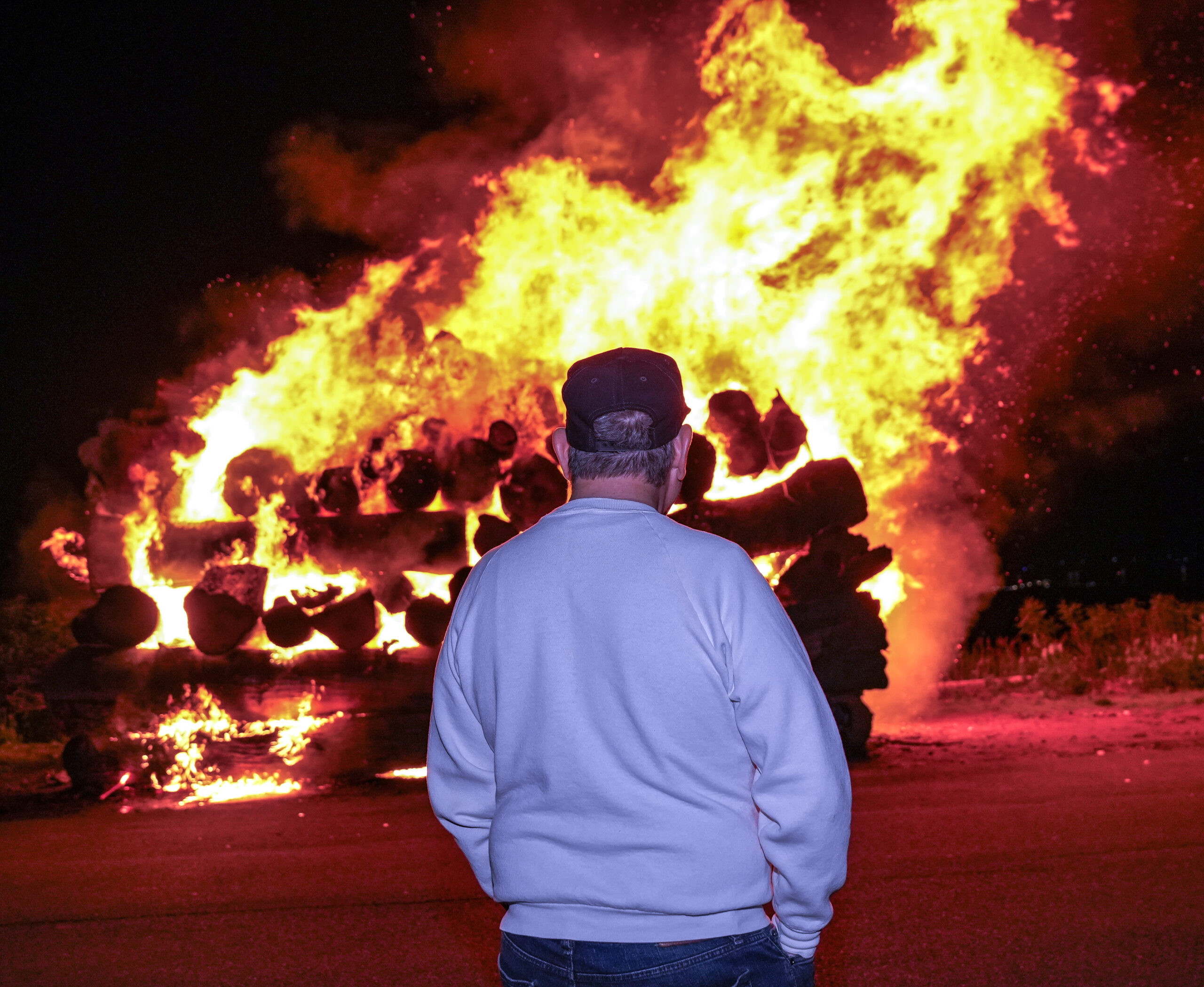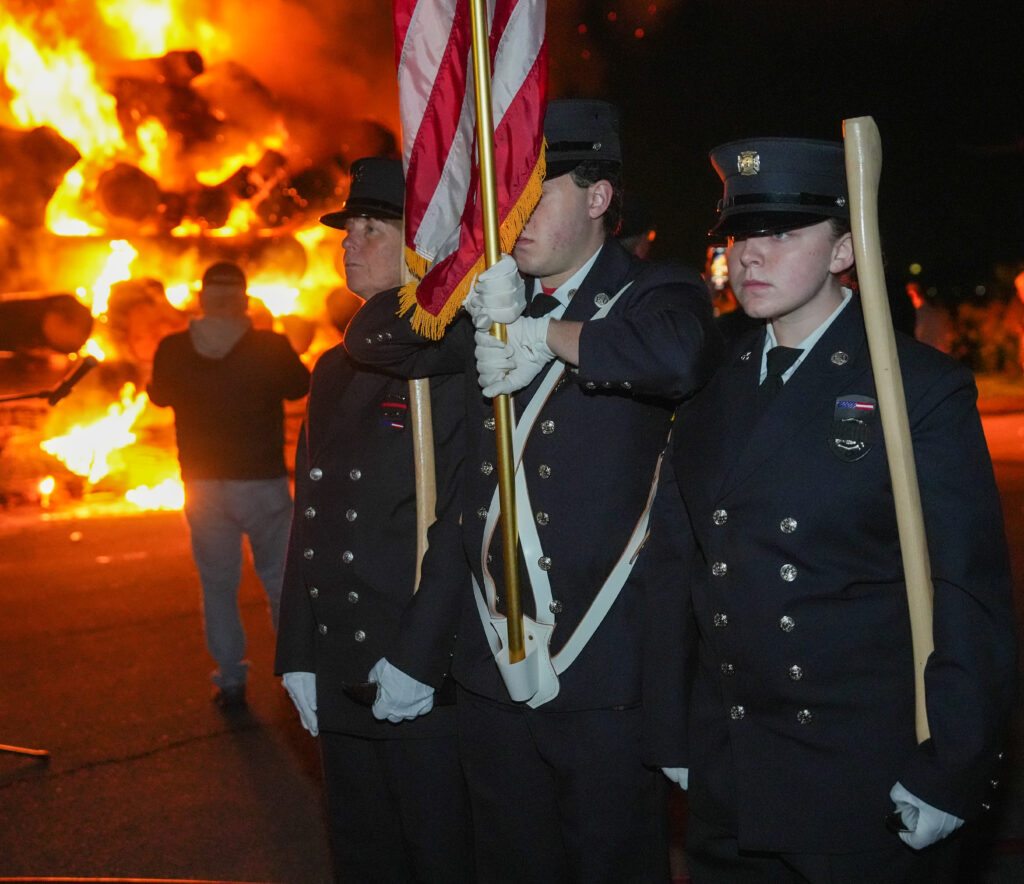The Dominican Sisters of Blauvelt are a religious congregation within the Dominican Order of religious sisters founded in 1890. They are based in the town of Blauvelt, NY. Their traditional service has been childcare, both through teaching and caring for orphans.
In 1862, Mother Hyacinth Scheininger, O.P., was sent from Holy Cross Convent in the Williamsburgh section of Brooklyn in order to teach German girls in Lower Manhattan. It was there that Mary met the cloistered Dominican nuns, who had come from Ratisbon, Germany, to care for children of the German-speaking immigrants to America. She joined the nuns and received the Dominican habit in 1873, at which time she took the name Sister Mary Ann .
By that time, a separate convent on Second Street in Brooklyn had been established. It was in Brooklyn that she began to rescue orphaned children from the streets of New York City, especially immigrant children. Eventually, she was asked by the Archbishop of NY, Cardinal McCloskey, to establish a home for them. Sister Mary Ann and Mother Hyacinth were looking for property in Blauveltville NY, when they came across a “For Sale” sign in front of the Eustace property on Western Highway. They decided to stop and look at the house and property. As they entered the parlor, they were surprised to see an original Grellet painting of the founder of their Order, Saint Dominic, raising a dead child to life—a miracle which had occurred at Saint Sixtus in Rome in the 13th century. For the two nuns, this was a sign and Sister Mary Ann exclaimed, “Here we shall be.”
In 1878, she and a few other nuns established Saint Joseph Convent in Blauveltville NY, Rockland County, New York. Nine immigrant orphans also went with the nuns, the beginning of what is now St. Dominic’s Home.[1]

 Police/Fire/EMS1 week ago
Police/Fire/EMS1 week ago
 Community1 week ago
Community1 week ago
 Politics1 week ago
Politics1 week ago
 Government1 week ago
Government1 week ago

















